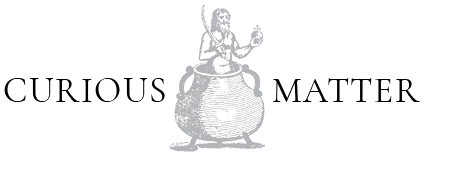When Visibility Isn’t Enough
This summer, at Curious Matter, our Erasure Gallery project has sought to name, resist, and redress the historical erasure of queer artists from cultural narratives. It’s a project born not only from the past, but from patterns that persist today. Initially conceived as a critique of institutional omissions in galleries and museums, the work extends to the media, particularly arts journalism and cultural commentary. What happens in arts coverage reflects broader cultural dynamics: whose stories are centered; whose are sidelined; and whose are deemed too complex, political, or uncomfortable.
Recently, two articles reporting on Curious Matter exhibitions demonstrated how queer perspectives can be erased from arts coverage. Though well-intentioned, each piece hesitated to engage directly with queer content. One article omitted a central aspect of the exhibition: its memorializing function acknowledging the cultural void left by the devastation of a generation of creative individuals as a result of the HIV/AIDS pandemic. A blank scroll motif was used throughout the exhibition as a metaphor for this unspeakable loss. While aesthetic dimensions of the work were discussed, the essential queer context was conspicuously absent any analysis or recognition.
In the other recent article, though it was framed as highlighting “LGBTQ+ artists,” the writing stopped short of meaningful engagement. It offered a form of low-stakes allyship—acknowledging queer challenges without addressing the depth of the work, the weight of historical erasure, or the significance of hard-won visibility. For example, the awkward phrase “non-straight” was used in place of more affirming community-recognized language. It’s a distancing term that implicitly centers straightness.
This avoidance exposes how queerness is often seen as optional context rather than essential content. It’s a pattern familiar to many LGBTQIA+ artists: our work may be acknowledged, but our identities are footnoted—or worse, euphemized.
These omissions are not merely oversights. They are missed opportunities for solidarity, education, and cultural depth. Too often, queer culture is misunderstood or flattened into a narrow idea of sexuality or behavior. In truth, it encompasses a rich and expansive realm of aesthetics, kinship structures, shared histories, and contributions to the arts that express not only resilience, but a long lineage of creativity, innovation, and vision. Queer art deserves critique that meets it where it lives, in all its glory and complexity.
We write this not to shame, but to illuminate what even our sympathetic allies may not recognize. We hope for a future in which arts writing and art histories embrace queer lives as fully present, not absent, or adjacent—where critical engagement includes questions of who is speaking, what is being said, and why it matters.
At Curious Matter, we remain committed to surfacing suppressed narratives and advocating for exhibitions, histories, and criticism that explores the full spectrum of artistic identity and intent. To call something by its name is not an act of aggression, but of respect. As artists and stewards of culture, we ask only that our stories be told in full.

